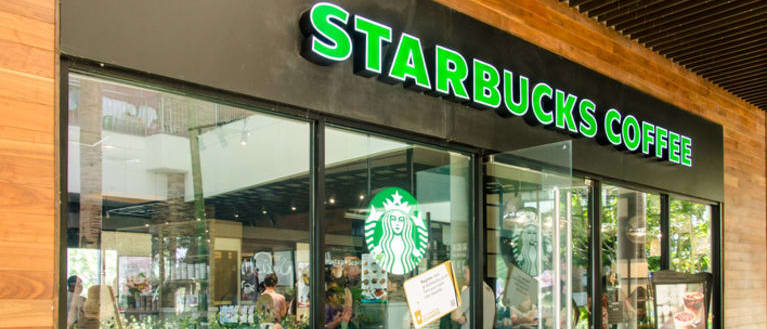Dealing with, and preventing, racism and harassment in the workplace were popular global and cultural effectiveness topics for our readers in 2018. Here are the top nine stories from SHRM Online.
No. 1: Don't Look! Reports of Netflix's 'No Staring' Rule Raise Harassment Questions

Netflix employees reportedly are forbidden to look at each other for longer than five seconds under a strict new anti-harassment policy the online streaming service has rolled out, according to news reports.
Netflix did not confirm whether the no-staring rule is part of its anti-harassment policy or otherwise respond to SHRM Online's request for more information. But the reports raise the question of how anti-harassment policies and training have evolved in the wake of the #MeToo movement.
No. 2: Experts Weigh In on Starbucks' Racial-Bias Training

Starbucks announced plans to temporarily close 8,000 of its U.S. stores the afternoon of May 29 to conduct staff training on racial bias, it said in April.
Starbucks CEO Kevin Johnson called for the training after two black men were arrested for trespassing when they refused to leave a Starbucks in Philadelphia as they waited on a friend. One of the men had been denied access to the bathroom because he had not purchased anything. Charges were dropped, but the incident sparked a national furor.
What should the staff training consist of? Who should conduct it? SHRM Online reached out to diversity and inclusion experts to ask what they would do if they were tapped to deliver this training.
No. 3: How Do You Combat Racism at Work? Experts Offer Suggestions
 Starbucks conducted staff training to "[address] implicit bias, promote conscious inclusion and prevent discrimination." Other companies may be asking themselves, too, how their workplaces can be more welcoming to people of color, whether they are job applicants, employees, customers or vendors.
Starbucks conducted staff training to "[address] implicit bias, promote conscious inclusion and prevent discrimination." Other companies may be asking themselves, too, how their workplaces can be more welcoming to people of color, whether they are job applicants, employees, customers or vendors.
No. 4: What Employers Can Do When Domestic Violence Enters the Workplace

When victims of domestic abuse are not believed and their concerns not treated seriously, it's unlikely that action will be taken to protect their safety. This could lead to a potentially dangerous situation in the workplace.
“Domestic violence is a workplace issue, not just a ‘personal’ issue,” said Maya Raghu, director of workplace equality for the National Women's Law Center in Washington, D.C. “Even if the violence occurs away from work, it has significant financial and security impacts on the workplace, from lost productivity, lost days from work, and threats to safety.”
#No. 5: What Motivates Your Workers? It Depends on Their Generation

Organizations should consider reinventing and customizing their recognition strategy by considering the motivation and recognition preferences of the different generations.
No. 6: Prayer and Meditation Rooms Can Increase Inclusion

Here are examples of what some organizations have done to accommodate their employees.

As media attention and public outcry shine a spotlight on sexual harassment in the workplace, there's a lesson for employers scrambling to address the issue: Make sexual-harassment education hit home.
That includes separate and different training for managers and individual contributors, bystander intervention, involving senior leaders, quarterly micro-learning sessions and tailoring training to the specific workplace and workforce.
No. 8: Use Winter Olympics to Light Up Employeement Engagement

Seymour Adler, an organizational psychologist with London-based Aon, encourages employers to embrace the 2018 Winter Olympics and its motto, "Higher, faster, stronger."
He thinks watching any of the 102 events—some of which began the day before the Opening Ceremony—can help unite work teams. Here are some ways companies embraced the Olympics at their workplaces.
No. 9: When Interviewers Press for Birth and Graduation Dates, Is It Discriminatory?

Asking for birth dates, high school graduation dates or college transcripts all can be ways that employers try to uncover a job applicant's age. And while such requests aren't by themselves illegal, according to the U.S. Equal Employment Opportunity Commission, they can raise questions about the motive for asking.
Was this resource helpful?




